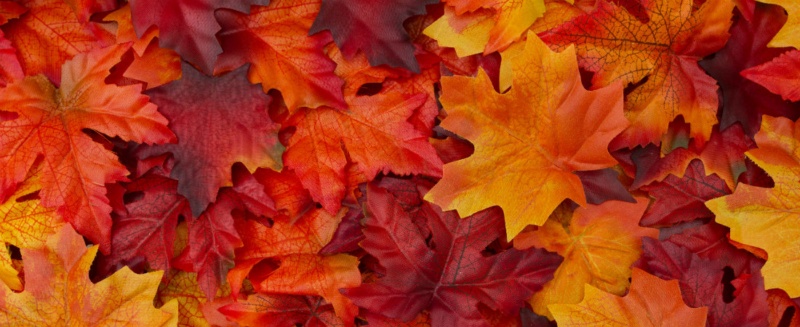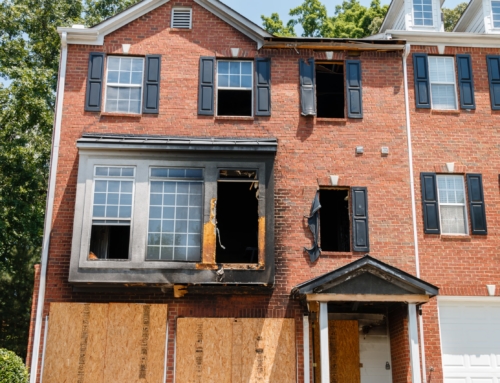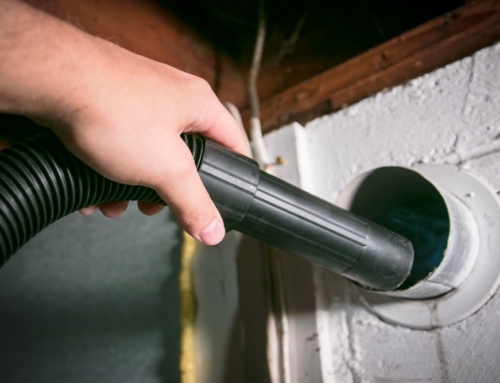As fall ushers out summer, this month marks a good time to prepare your home for the chilly air, falling leaves and impending winter months. Summer is too much fun to do home maintenance, and winter’s ice and snow bring too much hassle, but I don’t mind working inside or outside during fall’s crisp days to check off some items from my essential home maintenance to-do list.
Exterior home maintenance
Take a look at the roof. If you’re experienced enough (and you have a spotter with you—never climb the roof alone), you can climb up and take a look at your roof firsthand. Otherwise, grab a pair of binoculars and look for any damaged, loose or missing shingles. You might want to consider getting your roof professionally inspected every two years, but even on off years it’s a good idea to take a look and have any weak spots patched before winter dumps a layer of snow on your roof.
Check for leaks and holes. Walk around the exterior of your home and look for any cracks or failed caulking. Install weatherstripping or caulking around windows and doors to prevent warm air from escaping. Inspect your siding for cracks and holes and repair as needed.
Clean your gutters. This is a chore you can put off until the end of the fall, when most of the trees in your yard have finished dropping their leaves. You can do this yourself—again, only if you’re experienced and have someone there to help—or you can hire someone for between $50 and $200, depending on the size of your home.
Turn off your exterior faucets and drain pipes. This is one that slips by many homeowners. Turn off and disconnect all exterior garden hoses and drain all faucets before the temperatures drop too low (once the temperatures hit the 50s, it’s time to shut off). If you have a sprinkler system, have it professionally drained to prevent busted underground pipes, which are a huge pain to repair.
Mow and rake your lawn. Once all the leaves have fallen and the temperatures are flirting with freezing levels, the grass will have stopped growing and it will be time to spend one last afternoon with your lawn. Rake up any fallen leaves or debris and cut your grass down to one inch. Consider aerating your lawn, particularly after a brutal summer, when heat and drought can compact the soil more than usual. You want the grass roots to be able to breathe and receive sunlight during the winter; this will help avoid a common lawn disease called snow mold, which can cause dead patches of grass.
Interior home maintenance
Tune up your heating system. It may seem like an expensive chore to get your heating system inspected by a professional, but believe me, this is something that will cost you more in the long-run if you don’t do it annually. Plus, it will save you energy and money throughout the winter.
Make sure your home is well insulated. If you have an attic, get up there and inspect the insulation to make sure it’s adequate. Many attics have insulation between the joints, but you actually want insulation covering them as well. You can also check for drafts yourself by moving a candle along the edges of windows, doors, or moldings. If the candle flickers, you have a draft. If you really want to seal up your home, get an energy audit.
Become a pipe expert. Check pipes for cracks or leaks and have any damage repaired immediately. It’s a good idea to know the location of your pipes and a really good idea to know the location of your shut-off valve. If your pipes freeze or, worst-case scenario, burst, you won’t have to spend more than a few seconds turning off the water. If you have pipes in uninsulated rooms, such as an unfinished basement or garage, wrap them in heating tape to make sure they don’t freeze.
Check home safety devices. If you haven’t recharged your fire extinguisher or replaced batteries in your smoke or carbon monoxide detectors in a while, now is the time.






